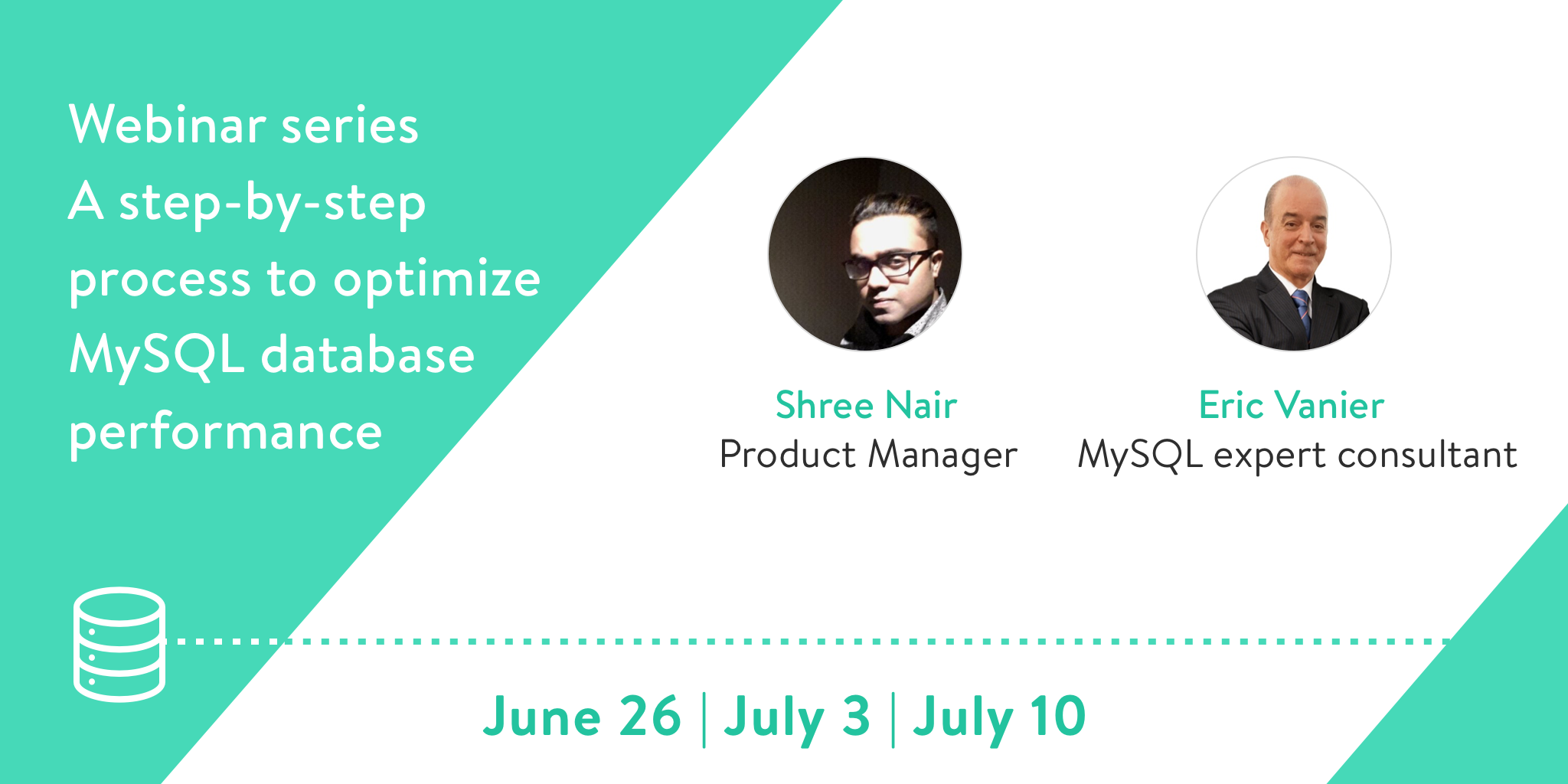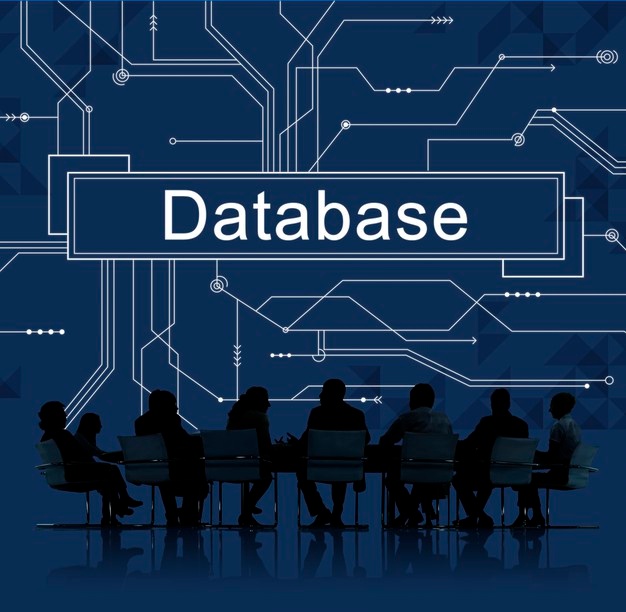Hope you have been following our recent webinars on MySQL, Galera Cluster, AWS monitoring and more.
We are coming up with a webinar series in association with Eric Vanier, a leading MySQL expert consultant. The series will provide a step-by-step process to optimize MySQL database performance.
This webinar series is for everyone who is looking for ways to monitor their MySQL databases, simplify the process to manually analyze queries and achieve faster issue resolution time.
Eric Vanier will focus on key problem areas that are faced by DBAs and Shree will provide a solution-driven demonstration to overcome issues while monitoring the database performance. To make it simple, the series will comprise of three parts:
Part – 1: MySQL Performance Tuning
26 June; 10:00 am Eastern time
Troubleshooting a MySQL server performance problem is often a tedious activity as it’s difficult to figure out where to start and how to cope up with it. In the case of an increase in the volume of data and load on the server, the queries tend to run slower and deadlocks become a frequent occurrence.
In this webinar, you will learn the following:
– 3 different ways to identify slow queries.
– Spot query performance pattern over a particular period.
– Proactive monitoring by setting up server/ tag specific alert.
– Fetching deadlock information.
– Monitor MySQL log files on a remote machine.
– Product comparison between Monyog and MySQL Enterprise Monitor.
Part – 2: Real-time monitoring and RDS file-based log monitoring
03 July; 10:00 am Eastern time
Many of our customers use Monyog to help monitor data in real-time and find the problematic queries. Moreover, Monyog is the only tool that provides file-based log monitoring for Amazon RDS for MySQL & Aurora on RDS.
In the 2nd part of our webinar series, you will learn the following:
– Analyze queries without slow query file.
– Monitoring queries in real-time.
– Monitor log files for RDS instances.
– Performance overhead caused by Monyog.
– Hardware requirement for Monyog.
– Monyog architecture.
Part – 3: Achieve faster issue resolution time
10 July; 10:00 am Eastern time
In this final part of the webinar series, we will focus on effective practices of monitoring MySQL databases using Monyog. This will provide as in-depth learning session for making the best of the monitoring tool.
Learn the following in this webinar:
– Using explain plan in Monyog.
– Quickly monitoring database and tables size.
– Create Monyog users with restricted access and privileges.
– Minimize the data generated by Monyog.
– Create aggregated report of the data collected in Monyog.
If you are not able to attend the webinar live, register anyway and we’ll send you a link to the recording once the webinar session has ended.



